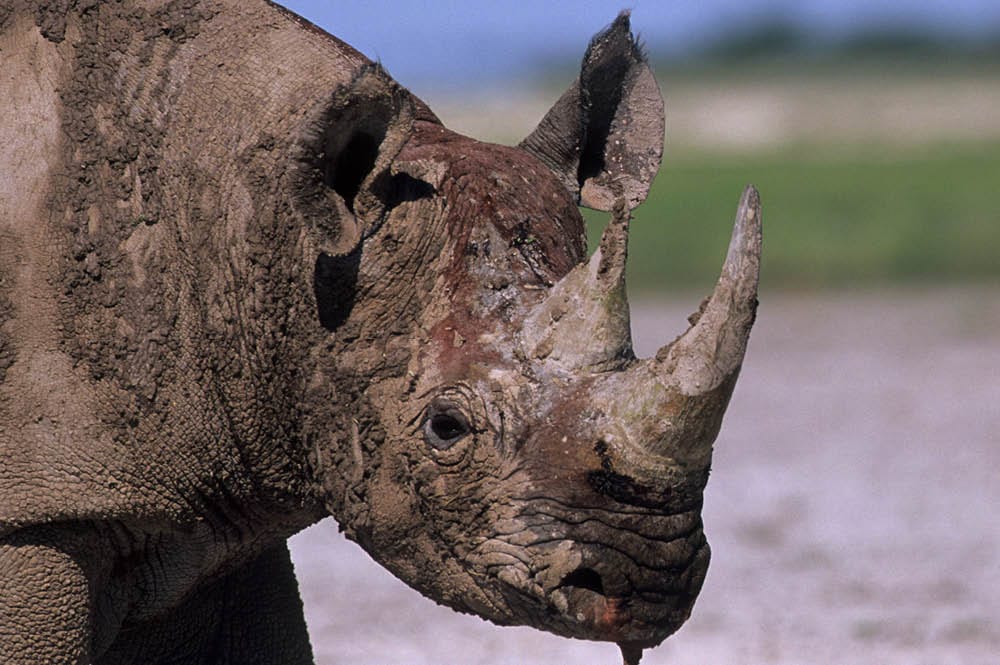Myths About Rhino's Horns
Posted on September 22nd, 2020

September 22 marks World Rhino Day, a global event established to celebrate the world’s five Rhinoceros species, and to reflect on the challenges facing them. This is a perfect opportunity to dispel some myths about Rhino horns. Whether for medicinal values or status symbol rhino horns have been in demand. All five species are at risk of extinction and yet they are poached for their horns. The only animal who needs rhino’s horn are rhinos itself. Whatsoever the condition they are not beneficial for the humans.
Here are some of the myths busted:
Myth 1
Rhino Horns do not have medicinal properties. For centuries Rhino horn has been used as a key ingredient in Traditional Chinese Medicines. It is believed that the horn can cure many illnesses, fevers and also detoxify blood when added to water along with other ingredients. It also states that the horn could also cure snakebites, hallucinations, typhoid, headaches, carbuncles, vomiting, food poisoning, and “devil possession.” While it is commonly believed to be prescribed as an aphrodisiac, this is not the case. The truth is a Rhino’s horn is made up of Keratin, the same substance our fingernails and hairs are made up of. And according to research it has no medicinal properties. In 1993 China banned the illegal trade of rhino horns but poaching suggests it is still used today, although it is more a matter a tradition than medicine.
.jpeg)
Myth 2
Rhino Horns are not meant to be worn as an ornament. Nowadays rhino horns themselves and products made from rhino horns are being collected by the wealthy and displayed and worn as a show of status, importance and power in the same way a car or watch would. There are many jewellery and ornament alternatives that look far better than rhino horn when displayed in the home or on our wrist, so using rhino horn for this purpose is completely unnecessary.
Myth 3
.jpeg)
Rhino Horn is a party drug. Rhino horn has now become the party drug of choice among Vietnam’s up and comers. The users grind down the rhinoceros horn into a powder in a roughly textured ceramic bowl. It is then mixed with water or wine for consumption.
These believes in rhino horn’s medicinal properties is so ingrained and widespread that it makes rhino horn trade a much more difficult issue to address when compared to the trade in elephant ivory, which is predominantly used as a carving material.